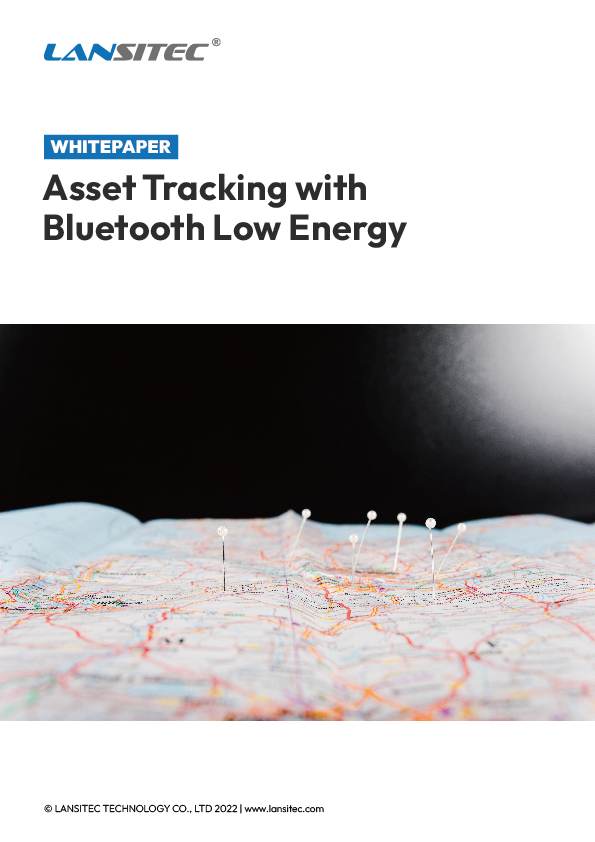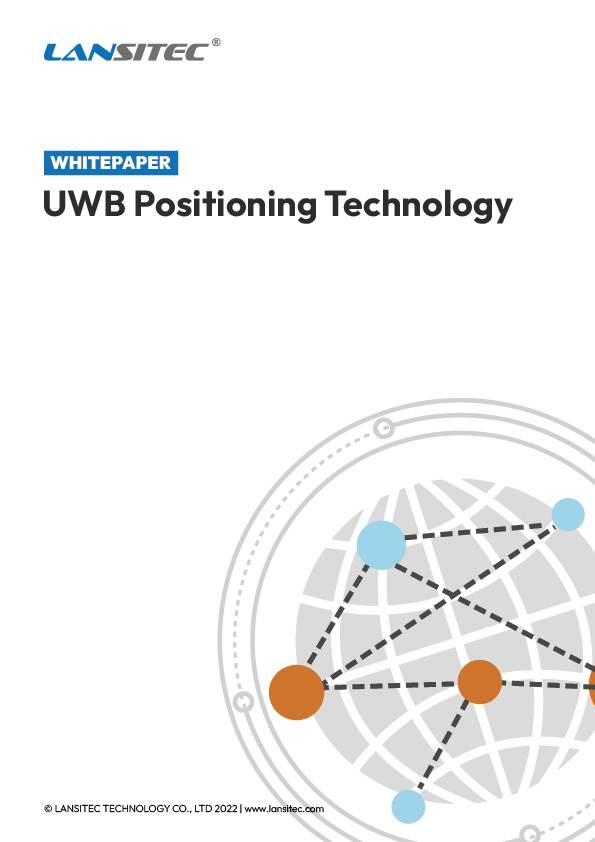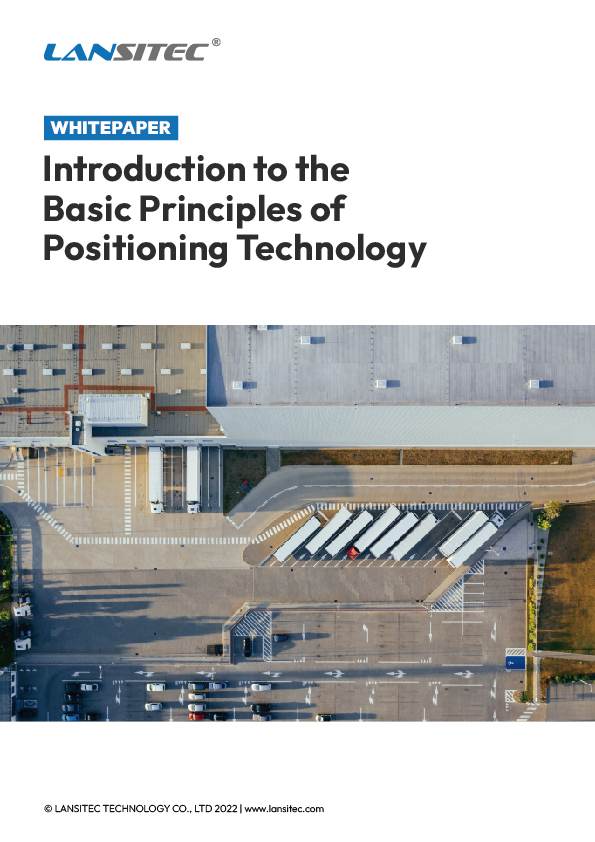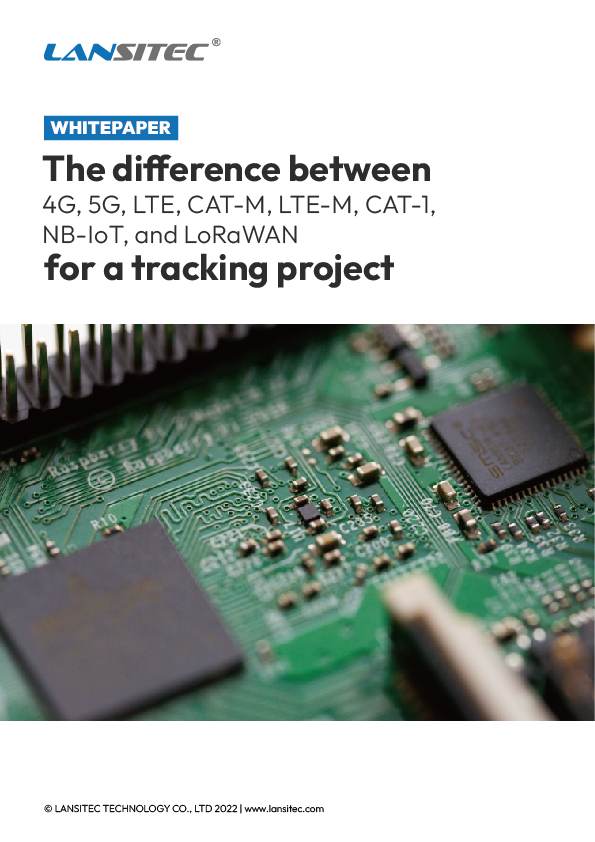TX power seems straightforward. Turn it up for more range, turn it down to save battery. But in tracking, that setting affects your costs, compliance, and uptime. I’ve seen a small increase keep tags online through a week of rain near Varna. I’ve also seen high settings drain batteries with no benefit. Here’s how to get TX power working for you.
What TX power actually is
TX power is just the signal strength your device sends to its antenna. It’s measured in dBm, which is a shorthand for milliwatts on a log scale. 0 dBm means 1 mW, 10 dBm is 10 mW, and 20 dBm is 100 mW. That part is simple.
But what actually gets out to the world isn’t just TX power. It’s the radio’s output, minus cable losses, plus antenna gain. Engineers call this total EIRP or ERP.
- EIRP compares you to an ideal isotropic antenna.
- ERP compares you to a half-wave dipole.
These two differ by a constant 2.15 dB. So if you see limits written as ERP and you want EIRP, add 2.15 dB.
Why TX power matters in tracking
In tracking, you’re always balancing coverage and battery life. Raise TX power and you get more link margin and often a faster data rate, which can cut airtime and retries. Lower it and you save battery. The key is to set TX power just high enough for your toughest spots, not the average ones. Let placement and antennas do most of the work.
TX power changes four things that matter in the field:
1. Link margin at the worst location in the route or pasture
2. Airtime usage is higher because higher power lets you hold lower spreading factors more often.
3. Battery life since PA current rises with TX level.
4. Regulatory exposure when a small antenna swap accidentally pushes EIRP over the cap.
From a compliance standpoint, most LoRaWAN regions manage devices by MaxEIRP. In plain language, your radiated power after antenna and cable must not exceed a regional ceiling. The LoRa Alliance regional parameters define this concept and even include default values that networks can use. Many regions default to 16 dBm MaxEIRP unless a network overrides it.
In the EU 863–870 MHz band, the rules are written in ETSI EN 300 220. Sub-bands often say “25 mW ERP,” which corresponds to about 16.15 dBm EIRP. The same tables also impose duty-cycle or LBT rules that shape your usable data rate and reporting cadence.
In the US 902–928 MHz band, community guidance typically expresses a practical EIRP ceiling and dwell-time limits. You won’t see a duty-cycle cap, but you do have maximum on-air times per channel, which matters for tracking payload sizes and spreading factors.
The one equation you’ll use in the field
EIRP = TX power − cable loss + antenna gain
Make sure that you have all our numbers in the same unit, and that’s it.
A simple, realistic example:
You configure a LoRaWAN Solar Bluetooth Gateway at 20 dBm TX. The pigtail loss is 0.5 dB, and the antenna gain is 2 dBi.
- EIRP = 20 − 0.5 + 2 = 21.5 dBm.
- This setup works for US915 with the right dwell times, but it’s too high for typical EU ERP caps once you convert to EIRP. In the EU, drop device TX to about 15 dBm to hit around 16.5 dBm EIRP with that antenna and cable. Then check ADR and performance again.
Basic terms you can hand to a technician
| Term | Description |
| TX power | Conducted output at the radio port. This is what you set in firmware or a config tool. It is not what the air sees. |
| Antenna gain | How well your antenna focuses energy in a direction. Printed in dBi for EIRP math or dBd for ERP. A 2 dBi stub is common on compact trackers. |
| Cable and connector loss | The small tax you pay between radio and antenna. Keep pigtails short and connectors clean. Every 0.5 dB counts at the edge. |
| EIRP/ERP | Your actual radiated power reference. Remember the 2.15 dB offset between EIRP and ERP. |
| MaxEIRP | The regional ceiling your LoRaWAN device must respect. Default tables exist in the LoRa Alliance regional docs and may be overridden by the network. |
How TX power affects outcomes
Coverage and reliability
More TX power boosts the signal at the gateway. That helps SNR and lets ADR keep a higher data rate. Higher data rates mean shorter airtime and fewer collisions on busy sites. But if your main problem is shadowing or site layout, more TX won’t help much. Sometimes just raising the gateway by two meters does more than any TX tweak.
Battery life
Power amps use the most current at high TX levels. If a tag reports every few minutes, going from 14 to 20 dBm can add real mAh each day. That’s why I start with placement and antenna, and only raise TX as much as needed.
Compliance
EU sub-bands often use ERP limits, so convert ERP to EIRP and check duty-cycle or LBT rules. In the US, stick to dwell-time limits and EIRP caps. This keeps auditors happy. The main thing: always calculate EIRP and compare it to your region’s MaxEIRP in the LoRa Alliance tables.
A tracking-centric workflow we recommend
Step 1: Place first. Prioritize height and a clear line of sight over adjusting TX power.
Step 2: Measure edges. Walk the perimeter with a test tag and log RSSI and SNR where work occurs.
Step 3: Start moderate. Set TX around the middle of the device range. Let ADR settle for a day.
Step 4: Adjust sparingly. Nudge TX in 2–3 dB steps only if edges show negative SNR or repeated downshifts.
Step 5: Lock the math. Record TX, cable loss, antenna gain, and resulting EIRP on a site sheet.
Step 6: Mind BLE vs LoRaWAN. For gateways with both, set BLE TX for tag pickup and LoRaWAN TX for backhaul. Adjust each as specified.
Closing takeaways
TX power is just one tool. Good antenna placement and a solid link budget make the biggest difference.
Always convert the catalog’s TX number to EIRP before you compare against regional limits. If you see ERP in a rule, add 2.15 dB to get EIRP.
Lansitec gives you plenty of headroom. Our LoRa devices cover about 0–22 dBm, with high-power options, and BLE ranges from −20 to +4 dBm. Use just enough to keep your assets visible and your batteries lasting.






